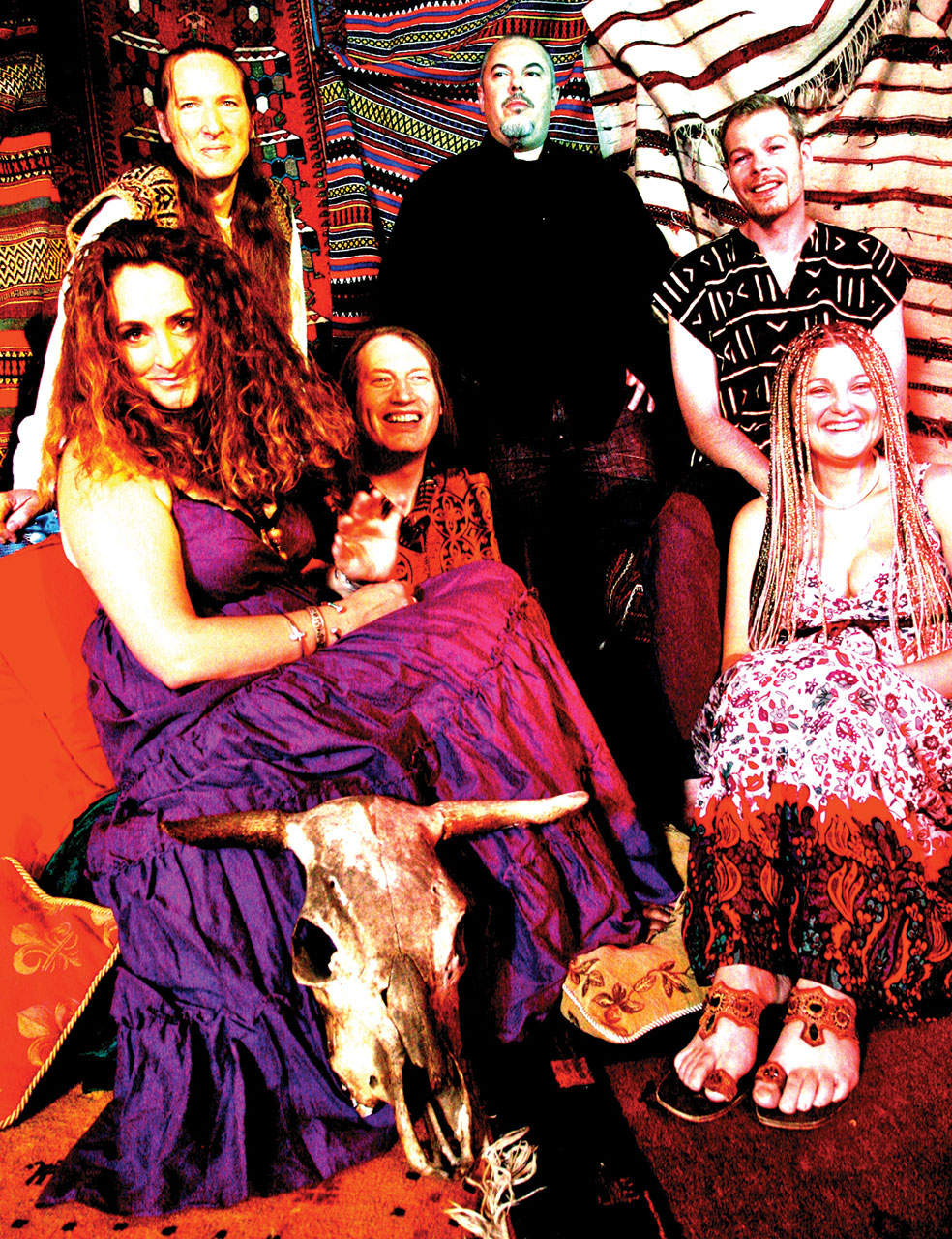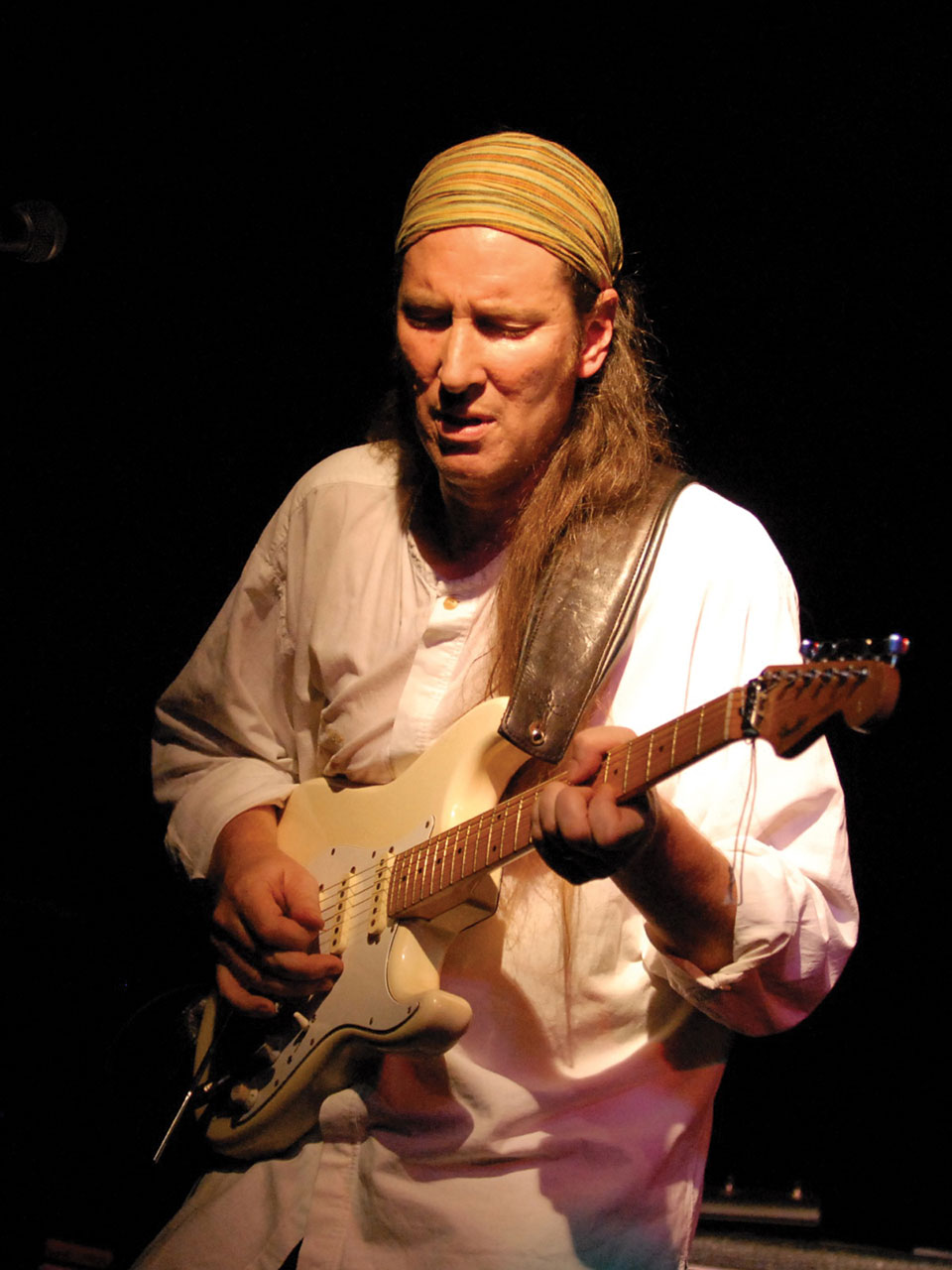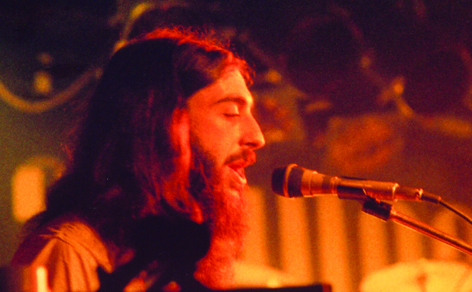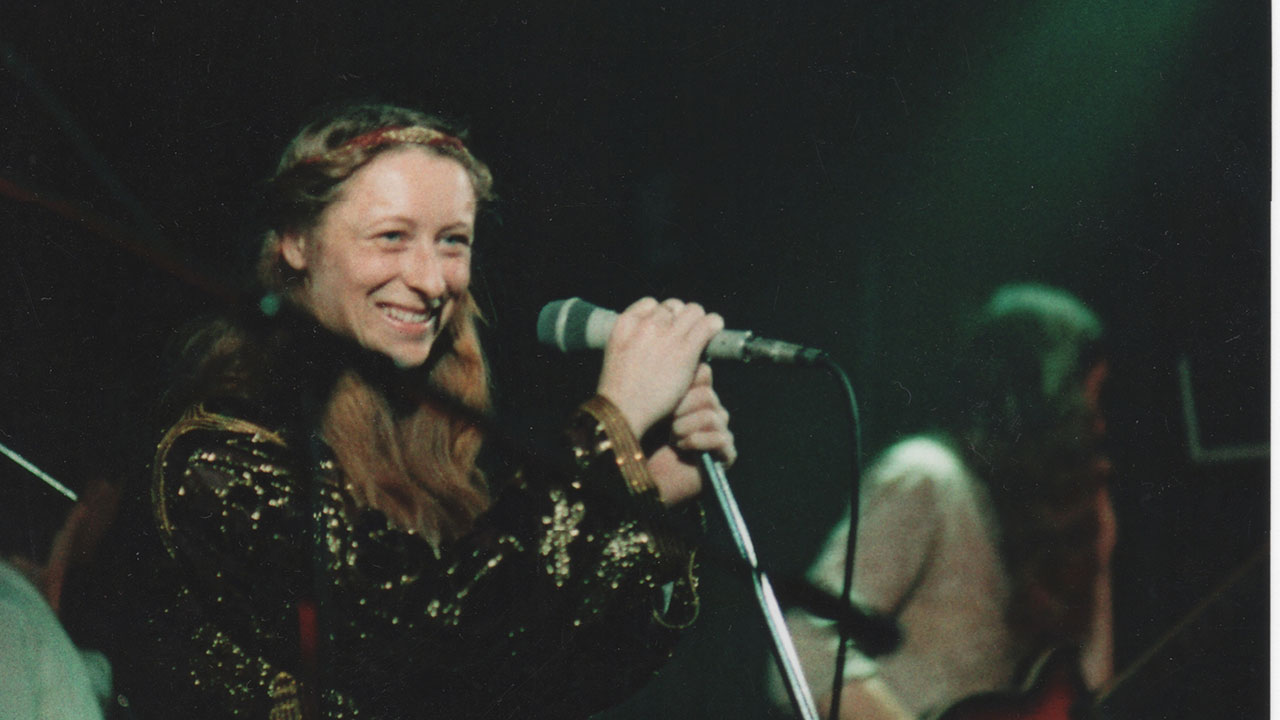The return of neo-proggers Solstice
After 30 years of getting together, recording an album and splitting up again, Solstice reunited for the Spirit album in 2010

"I think the dynamic that this new line-up brings to the band is that at least they can actually all perform the music we play live!”
Solstice guitarist and erstwhile band leader Andy Glass might sound somewhat dismissive of the band’s legacy, but in truth he’s merely re-enforcing the fact that the current line-up of Solstice is one which is likely to go some way to establishing Solstice as a true going concern. Given the band’s track record over the years, some might take the view that such a thing is not to be taken for granted.
Tracing the history of the Milton Keynes based band is no easy task. There are myriad ex-band members to count, not to mention extended periods of inactivity, which, coupled with the band’s almost notorious distrust early on of any perceived business practices, led many to view the amiable folk-inflected proggers as a bunch of hippies who were never really going to amount to anything beyond their own love and peace existence.
For most people, Solstice first appeared on the prog radar in the early 80s, as Marillion spearheaded what was then called a 'new prog' revival, resulting in
a sound that is today categorised as neo-prog. Whatever you want to call it, the fact remains that Marillion didn’t sound very much like Pallas, who didn’t sound much like Pendragon who in turn sounded little like IQ who sounded most unlike Solstice. We could go on but you probably get our drift, unless, of course you’re of the die-hard, anti- neo-prog brigade, in which case what are you doing reading this anyway?
Anyway, we digress. By the time Solstice began gaining something of a reputation, two female singers had already passed through their ranks – Sue Robinson and Shelly Patt – before the band settled on Sandy Leigh. Her vocals mixed the passion of Annie Haslam with the pitch of Jon Anderson and made the band the only female-fronted outfit of the entire era, setting a precedent that the likes of Mostly Autumn and Karnataka would pick up on before the end of the century. Their Peace Tape demo helped secure support slots with Marillion and Twelfth Night, as well as an appearance on the 1983 Reading Festival bill. A year later the band eventually got around to recording their debut album, Silent Dance, and even had a track on a 1985 EMI prog rock sampler Fire In Harmony. Then... well, not much really.
Leigh left the band (she would later surface in Double Helix – see sidebar), along with then-bassist Mark Hawkins. The pair were initially replaced by Barbara Deason and Ken Bowley, but that line-up swiftly fragmented. And that, save for a one-off appearance in 1986, seemed to be that.

“I don’t think our attitude to the music business back then was particularly helpful,” Glass now ruminates. “We were just against anything that seemed to be the business side of things back then. We really believed it was all about the music and just turned our back against all manner of things. I remember the guy that used to manage Marillion in the early days was always trying to sign us but we really just weren’t interested. In the end we got round to recording Silent Dance but things seemed to fall apart after that.”
Sign up below to get the latest from Prog, plus exclusive special offers, direct to your inbox!
Glass and musical cohort Marc Elton (the band’s violinist and keyboard player) drifted off into session work; they were the only remaining members of Solstice who featured in the band’s 1992 line-up, which featured new vocalist Heidi Kemp and current Solstice drummer Pete Hemsley (bassist Craig Sullivan completed the new line-up). They recorded a second album, New Life, which although proved to be another fine recording, didn’t fare well for a band with no profile in the grunge era.
Five years later, and Solstice resurfaced again, with another new singer, Emma Brown (their sixth and now longest-serving). Hemsley was gone too, replaced by ex-Jethro Tull man Clive Bunker. This line-up recorded a third album, the environmentally aware Circles, in 1997, and a year later appeared with Fairport Convention at the latter’s Cropredy festival, but not before Marc Elton, by now suffering tinnitus, had been replaced by current violinist Jenny Newman (the line-up now completed by bassist Robin Phillips and keyboard player Steve McDaniel). The show was ultimately released on DVD and the band re-recorded their set for the imaginatively titled The Cropredy Set. However, following what amounted to the most consistent bout of activity from Solstice yet, the band promptly re-entered hibernation for a five-year hiatus.
Fast-forward to 2007 and suddenly Solstice were back, in a blaze of manic activity (well, manic for them), much to the bemusement of those who really had thought time had finally been called.
“I guess the time felt right to make a serious go of everything,” Glass muses. “We’d signed a deal with Festival Music to reissue the whole back catalogue [all of which had been extensively repackaged with extra discs that plundered the Solstice vaults in a delightfully methodical manner] and I guess the fire was back.”
Drummer Pete Hemsley was back too.
“I’d worked with Pete back in the early 80s and also played with him in [folk offshoot] 3Sticks,” explains Glass. “It was just another cog in the wheel falling into place.”
With the Solstice back catalogue being released in 2007, the band have been more active over the past three years than probably at any point in their career. As well as becoming a far more visible live proposition – they have performed at The Peel’s House Of Progression, London’s legendary 100 Club and at some Classic Rock Society gigs, as well as performing in front of the Queen at the opening of Milton Keynes’ new Stadium MK – the band have also been eagerly working away on their first new studio album for over a decade.

Spirit follows in the tradition of past Solstice recordings, matching an earthy spirituality with a sound that mixes elements of Yes, Hillage, Floyd, Renaissance and Fairport with more worldly themes. Glass’s guitar work still dazzles, yet his years working outside of the Solstice fold seem to have paid off with him managing the seemingly difficult task of creating a sound which updates Solstice to the modern age without losing any of the traits which fans will undoubtedly hold dear.
“It’s really a case of doing just what we do but you can’t ignore years of experience,” he says. “There’s always been a slight world element to what we do and that comes to the fore on something like Freedom, and then you’ve got more song-orientated material, and longer guitar-led pieces like Solomon’s Bridge and Spirit itself. We’re
all incredibly happy with the way things have turned out.”
Don’t expect Solstice to do another disappearing act however. After three solid years of hard graft, this time it seems like the band might just well be on the verge of a serious breakthrough. Not bad going after 30 years, on and off. Just one thing puzzles: given the different female vocalists that have coursed through Solstice over the years, did Glass never feel compelled to chance it with a male singer?
“Oh no,” he states unequivocally. “I’ve never managed to find a male singer who sounds like Jon Anderson. Apart from Anderson himself. And he was busy!”

From here to there to where? Your guide to Solstice’s past members.
Shelley Patt
Patt was the Solstice singer who replaced Sue Robinson and who was in turn replaced by Sandy Leigh in the early 80s. Shelley was the band's singer when they appeared on the cover of Sounds magazine. Although little has been heard from Patt musically since.

Martin Wright
The early Solstice drummer has also appeared with Grey Lady Down and performed as a member of Gordon Giltrap’s band. He now
lives in Canada.
Ken Bowley
The short-lived bassist, who replaced Mark Hawkins, also featured in Gordon Giltrap’s band.
Marc Elton
Solstice violinist and keyboard player, who decided to leave the band due to tinnitus in 1996. Marc now lives in Cardiff and features in The Abbey String Quartet, The Welsh Baroque Orchestra and The Orchestra Of The Age Of Enlightenment. He also appeared playing fiddle in a recent film adaptation of Lorna Doone.

Heidi Kemp
Heidi Kemp, who sang on the band’s New Life album struck out on her own with a production deal following her stint in Solstice.
Sandy Leigh
For many people the Jon Anderson-like vocals of Sandy Leigh were their first introduction to the sound of Solstice at the Marquee in the early 80s. Post Solstice, Leigh hooked up with Jill Arroway in a band called Double Helix who released an album, The Butterfly Effect in 2000.
This feature originally appeared in issue 7 of Prog Magazine.

Writer and broadcaster Jerry Ewing is the Editor of Prog Magazine which he founded for Future Publishing in 2009. He grew up in Sydney and began his writing career in London for Metal Forces magazine in 1989. He has since written for Metal Hammer, Maxim, Vox, Stuff and Bizarre magazines, among others. He created and edited Classic Rock Magazine for Dennis Publishing in 1998 and is the author of a variety of books on both music and sport, including Wonderous Stories; A Journey Through The Landscape Of Progressive Rock.

